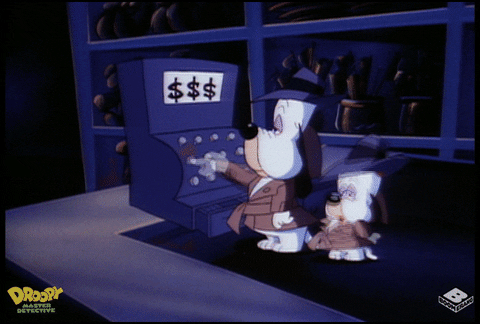
There’s an old saying amongst aircraft owners that goes, “The two happiest days are the day you buy an airplane and the day you sell it.”
If that’s true, then according to a recent story in Aviation International News, the recent rise in available business aircraft inventory will make many current and want-to-be owners very happy.
The story quotes industry data provider Amstat’s research showing that as of this past December, there were some 2,400 preowned turboprops and jets sitting out there with “For Sale” signs on them. That’s 32 percent more than the same time in 2022.
And before you adopt a “Sky is falling” attitude, keep in mind that although it’s an increase, the total is still well below the 10-year monthly average and that overall pre-owned prices, while slightly down, are still holding their own.
While there’s no way of knowing why the availability is increasing – every owner has their reason for selling – we do know that the uptick in available inventory means sellers will have to work harder to attract buyers.
Four proven ways to help your bizjet sell faster than it flies.

No matter why you decide to sell your airplane, your goal is to sell it quickly and for the highest price possible. Two things become even more challenging to achieve when an increasing number of other owners of similar aircraft want to achieve the same goals.
So you, as the prospective seller, must somehow separate your airplane from its competition. And, thankfully, that’s not as hard as you might well think.
#1: Hire an experienced broker
You wouldn’t try to sell your house on your own, so why not do the same with your airplane? Yes, dealing with a broker, especially a good one, does come with a price.
But, believe me, you do not want to dive into today’s preowned business aircraft market by yourself. A qualified broker will save you untold hours of having to research the market and compare your aircraft to other similar models on the market. Not to mention saving you from having to weed out the tire-kickers from the actual prospects.
The first step is to contact the International Aircraft Dealers Association (IADA) to find out which brokers best meet your particular needs. They all have their various areas of expertise and experience.
#2: Fix what’s wrong with your aircraft
With the guidance of your new broker/partner, have a reputable MRO do a thorough pre-buy inspection on your airplane. Any prospective buyer will have one done anyway, so why wait to learn any bad news?
Once you have a list of issues, work with your broker to decide which ones should be rectified now and which can be left for the negotiating table. For example, if it’s worn carpet or upholstery, the new owner will probably redo the interior anyway, so if it’s an issue, you can lower the price a little. Also, with the backlog of work found in many MROs, the time to fix the minor problems may require your aircraft to be off the market for too long.
On the other hand, if the issue(s) are significant, then by all means, make the investment to have them fixed. Few buyers want to take delivery of their “new” airplane only to have to put it down for maintenance.
#3: Bring all of your aircraft’s logs and records into the 21st century
A detailed pre-buy is part of every sale, so why not make it so much easier on the prospective buyer’s DOM than making all of your aircraft’s back-to-birth records easily accessible and searchable?
Think of it: if you have two identical airplanes, and one has banker’s boxes filled with paper logs to search through, and the other has all of its back-to-birth records securely stored on the cloud that you can search, share, and verify in seconds – which one will come off as being the better maintained of the two? And anyone will tell you better maintenance adds up to a quicker sale at a higher price.
Even if you’re not planning on selling your airplane anytime soon, your current maintainers will love the time-saving aspect of having all your records digital. Shameless plug for Bluetail’s professional scanning services and digital aircraft records platform to help achieve this.
#4: Have your aircraft professionally cleaned and detailed
No matter how low your aircraft time/cycles are or how well it’s been maintained, if it’s dirty and doesn’t smell “factory-fresh,” it’s not going to sell fast.
Today’s professional aircraft detailers can work wonders on interior and exterior finishes. A few hours of applying a ceramic finish to the paint and polishing the bright work can take years off of your aircraft’s “age” while, quite possibly, adding a few bucks to the bottom line.
Chances are the cabin upholstery, carpet, sidewalls, and surfaces will benefit even more from a good scrub and brush-up. There are odors in there you probably don’t even notice any longer.
Especially if you frequently carry pets in the cabin. Nothing turns a buyer off faster than stepping in the cabin and getting a whiff of something “unusual.” I’m just sayin’.
Just make sure the detailer you hire is experienced and has the proper cleaners and chemicals for aircraft use. Many car cleaners aren’t approved for aircraft-grade fabrics and materials.
So, whether you’re ready to part ways with your beloved aircraft or just want to ensure it’s always in top-notch condition, these tips can make a real difference. Selling a jet may not be as easy as car nowadays, but with the right approach, you can have it soaring into the hands of it’s new owner faster than you’d expect.